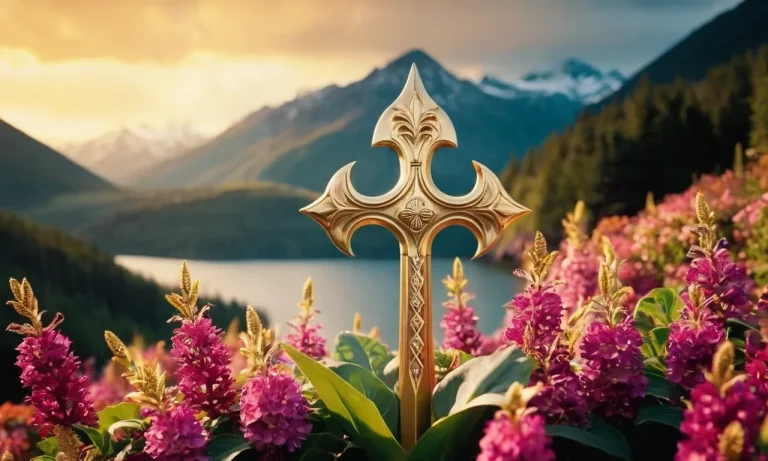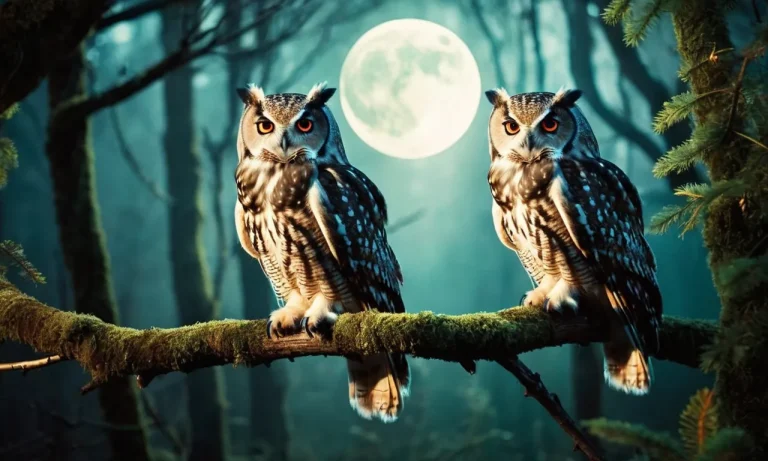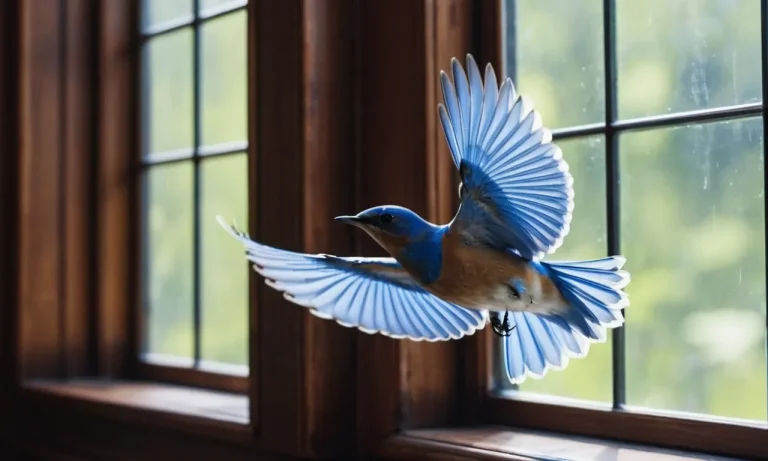White horses have captured people’s imagination across cultures and eras. Their pure white coat and graceful form have endowed them with rich symbolic meanings related to nobility, heroism, and divinity.
If you’re short on time, here’s a quick answer: In many faiths and mythologies, white horses symbolize light, purity, nobility, and are seen as sacred or holy creatures.
In this comprehensive guide, we will explore the origins and explain the spiritual significance of white horses in religion, myths and legends across the world.
White Horses in Ancient Mythology and Folklore
Divine White Steeds in Greek Myths
In Greek mythology, striking white horses were seen as symbols of divinity, reserved only for the gods and goddesses. One of the most famous is Pegasus, the winged stallion who emerges from the blood of the slain Gorgon Medusa.
Pegasus is pure white, representing his divine origins and ties to Mount Olympus. He goes on to fly the thunderbolt-wielding god Zeus and later carries the legendary hero Bellerophon into battle against the monstrous Chimera.
Poseidon, the mighty Greek god of the sea, also has a team of snowy white horses that pull his golden chariot. They have the supernatural ability to ride across the waves, symbolizing the cresting white foam on the oceans ruled by Poseidon.
When they gallop down to earth, it signifies the coming of great storms summoned by the tempestuous sea god.
Odin’s Eight-Legged Grey Horse Sleipnir
In Norse legends, the top god Odin rides an eight-legged grey steed named Sleipnir, who can transcend the barriers between worlds. Sleipnir has this unique octopedal appearance due to his origins – he is birthed by Loki, the trickster figure in Norse myth, who temporarily transforms into a stallion and gets impregnated by the giant’s work horse Svaðilfari.
Despite his unusual parentage and anatomy, Sleipnir grows into a handsome dapple grey horse superior to any other steed the Norse gods have ever seen. He can smoothly glide between the various worlds in Norse cosmology.
Sleipnir serves as Odin's trusty mount, especially when the powerful sky god goes on his travels through the mythological realms in search of wisdom and knowledge.
Unicorns in European Lore
In medieval European legends, unicorns are invariably described as snow white horses or goats with a single, straight horn projecting from their forehead. Their coat and hooves may take on a silver or gold sheen.
In some tales, the unicorn's silvery horn holds magical properties that can render poisoned water potable and heal sickness.
Christian interpreters see the unicorn’s horn as symbolic of the unity of Christ. The animal’s small stature signifies Christ’s humility. Its dazzling whiteness represents Christ’s purity and holiness. The unicorn’s supposed unattainability and elusiveness also parallel Christ’s ineffability in mystical religious traditions.
Much secular and religious symbolism thus underlies the unicorn in Western consciousness.
White Horse Symbolism in Major World Religions
The White Horse in Christianity
In Christianity, white horses symbolize triumph, purity, and justice. The Book of Revelation describes Jesus leading an army from heaven riding on a white horse to defeat evil and establish His kingdom on earth (Revelation 19:11-16). This imagery conveys Christ’s supremacy in the final judgment.
His white horse represents holiness overcoming wickedness. Later in Revelation, faithful Christian martyrs killed for their beliefs are given white robes and told to rest until God judges their persecutors (Revelation 6:9-11). So white horses represent the hope of final victory for the righteous.
Al-Buraq in Islamic Tradition
In Islam, Al-Buraq is a mythical winged horse-like creature said to have transported the prophets Abraham and Muhammad on their night journeys. According to the story, Al-Buraq carried Muhammad from Mecca to Jerusalem and back during his miraculous Night Journey (al-Isra wal-Miraj).
The creature’s name comes from the Arabic word for lightning, emphasizing its speed and mystical power. So in Islam, Al-Buraq symbolizes a vehicle of spiritual enlightenment and the profound mystical experiences of prophets.
Kalki’s White Horse in Hindu Eschatology
In Hinduism, Kalki is the final incarnation of Vishnu foretold to appear at the end of the Kali Yuga age, riding on a white horse. He will punish evil and renew the world, restoring righteousness and purity.
The Mahabharata and Puranas describe Kalki leading an army against demonic forces while riding this white horse, said to fly through the sky. So in Hindu eschatology, Kalki’s white horse symbolizes the destruction of wickedness and restoration of morality as the cyclic ages turn in the cosmos.
| Religion | White Horse Symbolism |
|---|---|
| Christianity | Triumph, purity, justice, final victory of righteousness |
| Islam | Mystical enlightenment, spiritual transportation of prophets |
| Hinduism | Destruction of evil, restoration of cosmic order |
Cultural Depictions of White Horses
White Stallions in Heraldry and Nobility
Throughout history, white horses have been seen as symbols of nobility, heroism, and divinity. In heraldry, a white stallion typically signifies courage, honor, and pure intentions. The appearance of a white horse on a family crest often denoted membership in the upper nobility or even royalty.
For example, House Stark in Game of Thrones uses a white direwolf on a gray background as their sigil. This prestigious family acts as wardens of the north and loyally serves the high king. Similarly, the White Stallion flies as the flag of the fictitious kingdom Rohan in Lord of The Rings, representing bravery and righteousness of its people.
White Horses in Literature and Film
White horses commonly make appearances as beloved companions and symbols of high moral character in literature and movies. For instance, Shadowfax faithfully carries the wizard Gandalf into epic battles in Lord of The Rings.
With his pure white coat, flowing mane and extraordinary speed and intelligence, Shadowfax represents Gandalf’s wisdom and power.
Likewise, in C.S. Lewis’s The Horse and His Boy, the talking white stallion Bree heroically rescues the young boy Shasta. He then accompanies Shasta on a momentous quest to save the kingdom of Narnia. Bree’s compassion and courage shine despite challenges faced along their journey.
The White Horse Dance in Native American Culture
In certain Native American traditions, the White Horse Dance plays an important spiritual role in ceremonies. According to Lakota and Dakota belief, white horses are sacred as they represent the four cardinal directions and spirits.
The White Horse Dance typically occurs during the Sun Dance and serves as a ceremonial re-enactment of warriors catching and taming wild white horses.
As the dancers mimic horses’ natural movements, they achieve an elevated state allowing them to communicate with spiritual entities. The dance represents the cultural connection between man and animal while honoring the bravery of historic horse catches.
Most importantly, the White Horse Dance ceremony gives thanks to the Creator for the gift of white horses.
| Reference | Website URL |
|---|---|
| Information on the White Horse Dance ceremony | https://www.warpaths2peacepipes.com/native-american-culture/white-horse-dance.htm |
Conclusion
Across civilizations, the white horse stands out with its luminous hide and association with the exceptional and the sacred. Whether as the mounts of gods and prophets, symbols of nobility or bringers of apocalypse, these regal animals continue to capture our collective imagination.
White horses exemplify desired qualities like strength, speed, beauty and purity. Their spiritual symbolism reminds people to strive towards the light, overcome adversity, and fulfill their higher purpose.






